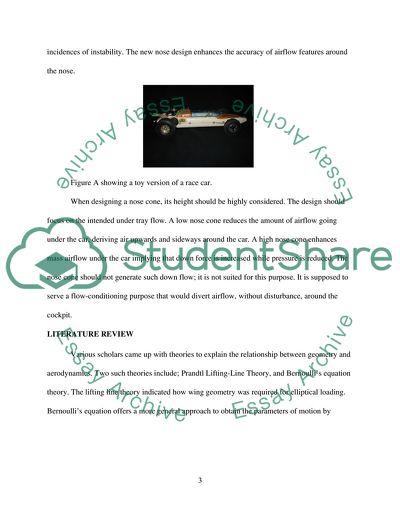Cite this document
(Design and analysis (aerodynamics) of the new nose for open wheel Lab Report, n.d.)
Design and analysis (aerodynamics) of the new nose for open wheel Lab Report. https://studentshare.org/design-technology/1821566-design-and-analysis-aerodynamics-of-the-new-nose-for-open-wheel-climb-race-car-in-by-using-cfd-computational-fluid-dynamics-2500-words
Design and analysis (aerodynamics) of the new nose for open wheel Lab Report. https://studentshare.org/design-technology/1821566-design-and-analysis-aerodynamics-of-the-new-nose-for-open-wheel-climb-race-car-in-by-using-cfd-computational-fluid-dynamics-2500-words
(Design and Analysis (aerodynamics) of the New Nose for Open Wheel Lab Report)
Design and Analysis (aerodynamics) of the New Nose for Open Wheel Lab Report. https://studentshare.org/design-technology/1821566-design-and-analysis-aerodynamics-of-the-new-nose-for-open-wheel-climb-race-car-in-by-using-cfd-computational-fluid-dynamics-2500-words.
Design and Analysis (aerodynamics) of the New Nose for Open Wheel Lab Report. https://studentshare.org/design-technology/1821566-design-and-analysis-aerodynamics-of-the-new-nose-for-open-wheel-climb-race-car-in-by-using-cfd-computational-fluid-dynamics-2500-words.
“Design and Analysis (aerodynamics) of the New Nose for Open Wheel Lab Report”. https://studentshare.org/design-technology/1821566-design-and-analysis-aerodynamics-of-the-new-nose-for-open-wheel-climb-race-car-in-by-using-cfd-computational-fluid-dynamics-2500-words.


